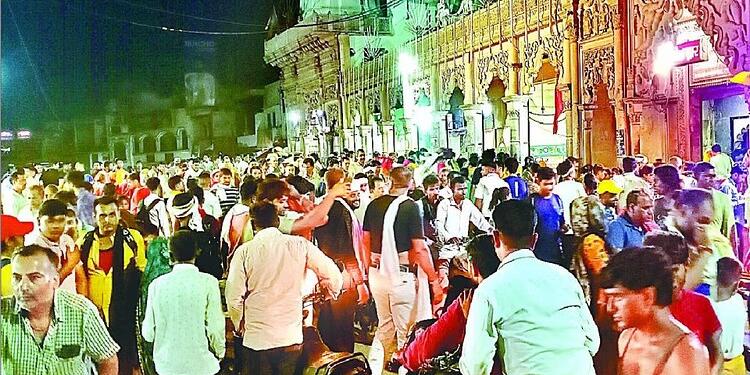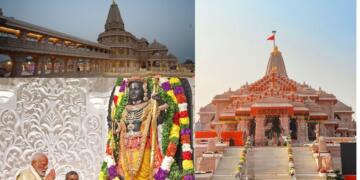This year, Guru Purnima falls on July 10, 2025, under the gentle glow of the full moon in the Hindu month of Ashadha. People are pausing today. Not for celebration of themselves, but to humbly honor those who lit the way for them. Their Gurus.
For many Hindus, this sacred day is also called Vyasa Purnima, in memory of Maharishi Veda Vyasa, the sage who compiled the Vedas and authored the Mahabharata. He is revered as the Adi Guru, the first teacher in the timeless chain of wisdom passed down through generations.
The Heart of the Day
In Indian tradition, a Guru isn’t just someone who teaches, they’re someone who transforms. A Guru brings light where there was confusion, clarity where there was doubt. They don’t just hand over knowledge; they awaken something within.
Today is a day to acknowledge that. Whether your Guru is a spiritual master, a schoolteacher, a parent, or even life itself — Guru Purnima is a moment to pause, reflect, and offer heartfelt gratitude. Not just in rituals, but in remembrance, reverence, and humility.
Govardhan: Where Devotion Meets Tradition
One of the most vibrant and soul-stirring celebrations of Guru Purnima takes place in Govardhan, a small yet profoundly sacred town near Mathura. Here, the annual Mudia Purnima Mela is more than an event — it’s an expression of collective faith that moves both body and spirit.
This year’s Mela, which ends today, July 10, has already drawn over 60 million devotees, with another 10 million expected to join on the final day. It’s a powerful sight — thousands upon thousands walking the 21-kilometer parikrama (circumambulation) of Govardhan Hill, stopping at sacred spots like Dan Ghati, Haridev Temple, and Manasi Ganga.
But what makes this Mela even more special is the story behind it.
A Legacy of Love and Loss
The origins of the Mudia Shobha Yatra, the grand procession held during the Mela, date back 469 years, to the passing of Sanatan Goswami, a deeply revered saint in the Gaudiya Vaishnava tradition. When he left his mortal body, his disciples shaved their heads in mourning and walked around Govardhan Hill singing devotional songs — a humble yet profound expression of their love and grief.
Managing such an enormous gathering takes more than faith — it takes planning, compassion, and a deep sense of service. The entire fair area has been divided into 21 zones and 62 sectors, with teams working round the clock to ensure safety, cleanliness, and harmony.
From ensuring a plastic-free environment to keeping the Dan Ghati temple complex orderly, the effort is remarkable.
How to Observe Guru Purnima
You can honor the spirit of Guru Purnima.
Here’s how: Reach out to your Guru — call, visit, write a message, or simply think of them in silence.
Spend time in spiritual reflection, meditate, fast, or read the Bhagavad Gita, Upanishads, or any teachings close to your heart.
Join a satsang or kirtan, whether at an ashram or online.
Light a lamp at home, offer flowers, or do a simple puja in gratitude.
Take a symbolic parikrama a walk around your home or neighborhood, offering your steps in remembrance.
A Festival That Speaks to All Paths
While it holds deep meaning for Hindus, Guru Purnima is a shared celebration across spiritual traditions:
For Buddhists, it marks the day Gautama Buddha gave his first sermon at Sarnath, setting the wheel of Dharma in motion.
For Jains, it honors Lord Mahavira and his first disciple, Gautama Swami, a key moment in the Jain spiritual lineage.
At its core, Guru Purnima is a day to remember the ones who helped us grow — spiritually, emotionally, and mentally — no matter the faith or path.
(This report has been filed by Adheesh Vats)






























